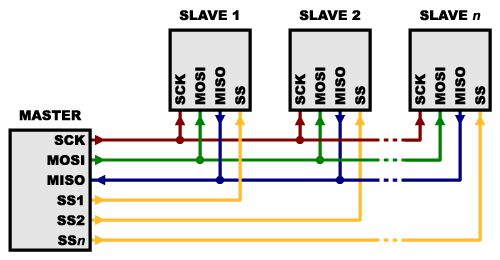kingofjong
Member
Hi
I know you can increase the number of pins the Arduino has using shift registers. I was wondering is it possible to increase the number of pwm, scl, sda, sck, miso, mosi, and ss pins using shift registers. So for example could attach two wifi shields to the arduino using shift register on pins 11, 13, and 12 (spi pins).
Thanks
I know you can increase the number of pins the Arduino has using shift registers. I was wondering is it possible to increase the number of pwm, scl, sda, sck, miso, mosi, and ss pins using shift registers. So for example could attach two wifi shields to the arduino using shift register on pins 11, 13, and 12 (spi pins).
Thanks


